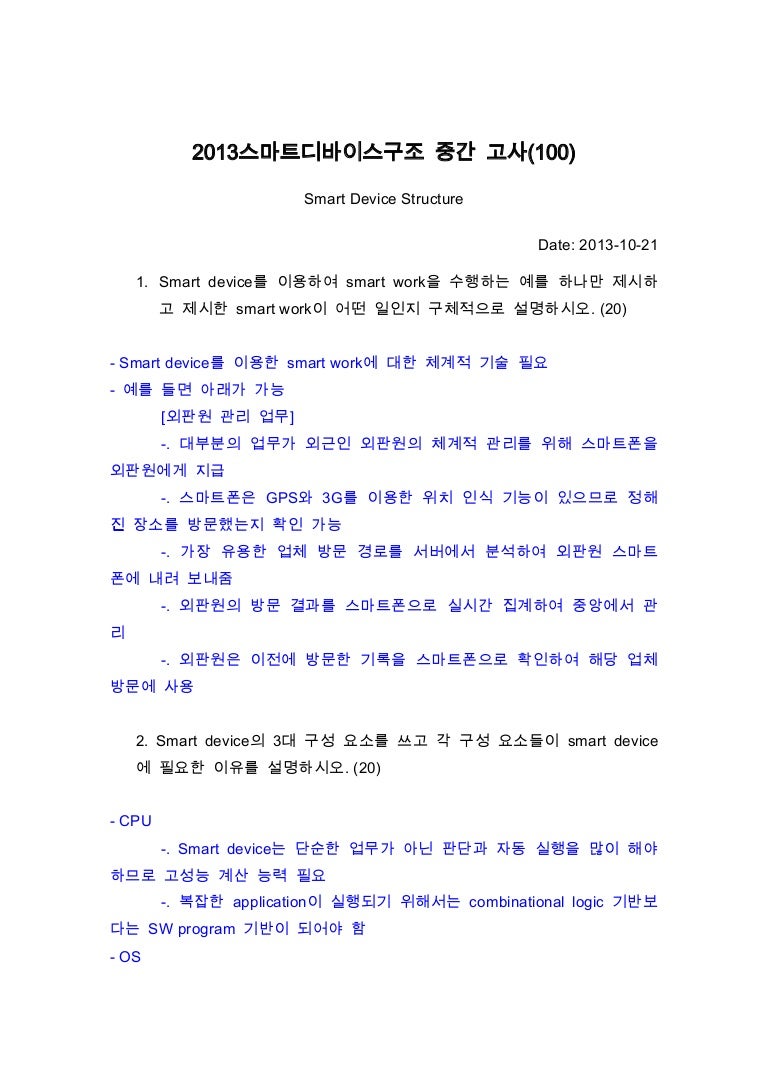

The specifications (except the TG specifications) listed in this manual are those when the tracking generator is off.Īccuracy ± NOTE: All charts in this manual are the measurement results of multiple instruments at room temperature unless otherwise noted. This data is not warranted and is measured at room temperature (approximately 25✬ ). Measured (meas.): an attribute measured during the design phase which can be compared to the expected performance, such as the amplitude drift variation with time. Nominal (nom.): the expected mean or average performance or a designed attribute (such as the 50 Ω connector). This data is not warranted and does not include the measurement uncertainty. Typical (typ.): characteristic performance, which 80 percent of the measurement results will meet at room temperature (approximately 25✬ ). Unless otherwise noted, the specifications in this manual include the measurement uncertainty.

Specifications are valid under the following conditions: the instrument is within the calibration period, is stored for at least two hours at 0✬ to 50✬ temperature, and is warmed up for 40 minutes. The GUI to control the RF Demo Kit (Transmitter) directly Measure lower than -130dBm signal with the standard PreamplifierĮMI Measurement (EMI Filter & Quasi-Peak & Pass_Fail) Readout the Spectrum Peak values with the Peak table function High measurement speed: the use of digital IF technology improves the bandwidth precision and selectivity of the filter, minimizing the scanning time and improving the speed of the measurement.ĭistinguish the two nearby signals clearly with the 100Hz RBWĬompare the spectrums when change the RBW settings with different color trace Higher reliability: compared with traditional analog designs, the digital IF greatly reduces the complexity of the hardware, the system instability caused by channel aging, and the temperature sensitivity that can contribute to parts failure.

High precision amplitude readings: this technology almost eliminates the errors generated by filter switching, reference level uncertainty, scale distortion, as well as errors produced in the process of switching between logarithmic and linear display of amplitude when using a traditional analog IF design. The ability to distinguish between small signals by frequency: using the IF filter with the smallest bandwidth setting it is possible to make out signals with a frequency difference of only 10 Hz. The ability to measure smaller signals: on the basis of this technology, the IF filter enables smaller bandwidth settings, which greatly reduce the displayed average noise level. The menu navigation is very intuitional in use and all functions and parameters are easy to reach because of the graphical interface.īenefits of Rigol's all digital IF design The Rigol Spectrum Analyzers have a sophisticated and easy to use user interface and offers multiple functions for all tasks. These functions enable the analyzer to acquire signals and match parameters automatically, instead of the manual process necessary with a traditional analyzer. The very large display (20.3 cm / 8") of the Rigol DSA815 Spectrum Analyzer with a resolution of 800x480pixels provides a very good overview over all its comfortable functions like Auto Tune, Auto Range, Auto Scale and Auto Couple. The use of digital IF (intermediate frequency) technology guarantees reliability and performance to meet the most demanding RF applications.
TEST USING DSA815 PORTABLE
The Rigol DSA815/TG is a compact and light Spectrum Analyzer with premium performance for portable applications. Spectrum Analyzer, 9kHz to 1.5GHz with preamplifier and tracking generator with EMI Filter & Quasi-Peak Detector Kit


 0 kommentar(er)
0 kommentar(er)
